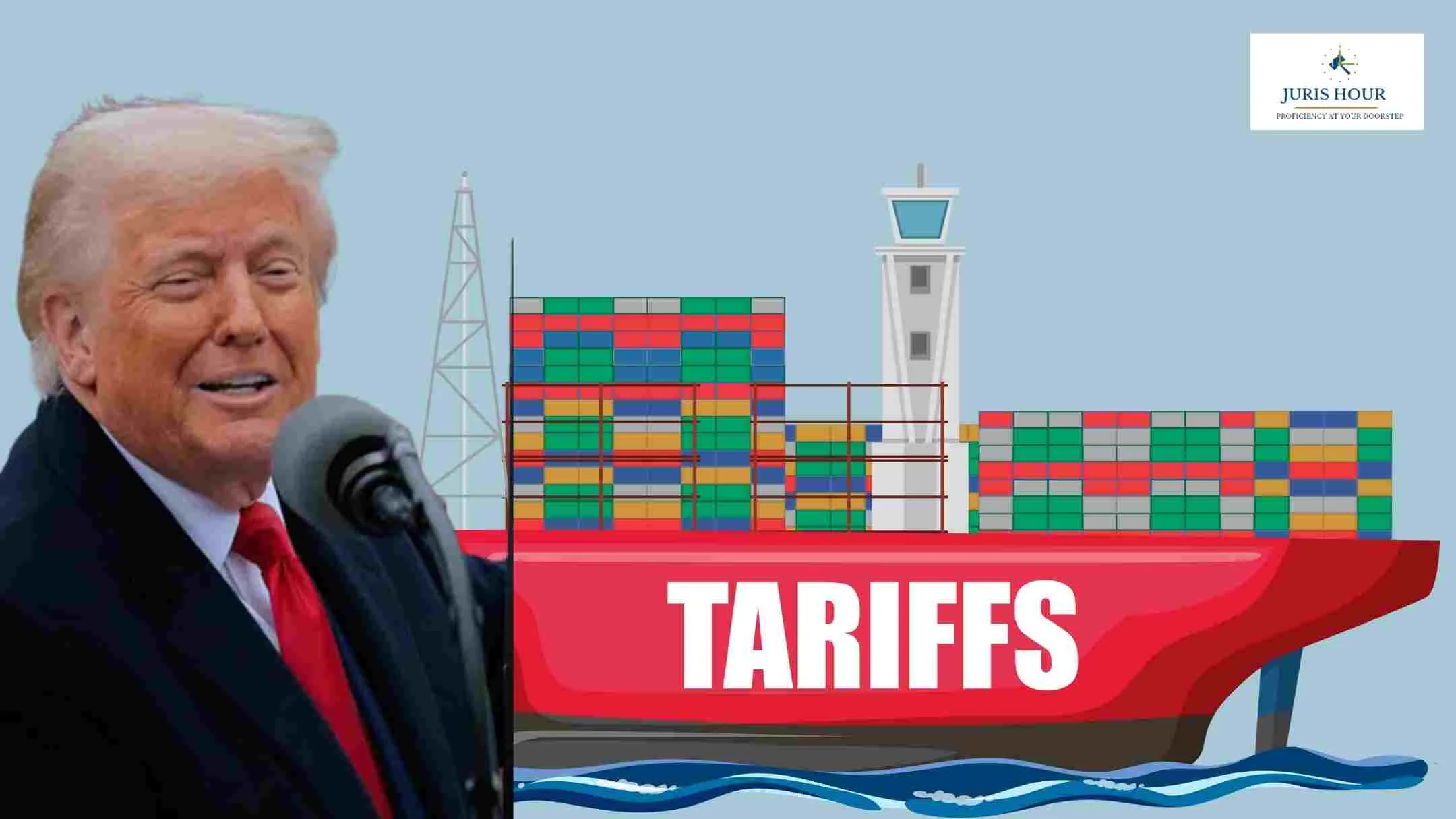In a significant escalation of its trade policy, the Trump administration has moved to impose steep tariffs on a wide range of everyday goods and industrial items, many of which contain steel and aluminum. The decision marks an expansion of the 50% tariffs initially applied only to raw steel and aluminum earlier this year.
According to officials, more than 400 product categories will now fall under the expanded tariffs. Items on store shelves across the United States — including butter knives, baby strollers, spray deodorants, fire extinguishers, and even certain furniture — will now be more expensive to import. The expansion also targets key industrial products such as wind turbines, cranes, bulldozers, and rail cars.
Why the Change?
The administration says the move is aimed at revitalizing the U.S. steel and aluminum industries and preventing companies from circumventing tariffs by importing finished goods instead of raw materials. However, the change comes at a time when inflation remains a pressing concern for American households. Analysts warn the expansion will add further inflationary pressures, as the cost of many consumer necessities and industrial inputs is expected to rise.
Tariffs were initially applied to raw steel and aluminum, but now they cover finished products as well. A lot of everyday items we all own contain steel and aluminum, and now their costs will go up.
Impact on Consumers and Businesses
Companies across various industries have already warned of price hikes in response to tariffs. Major corporations such as Procter & Gamble, Nike, Best Buy, Walmart, Mattel, Hasbro, Adidas, and Home Depot have either raised prices or signaled plans to do so. This means that consumers will likely see higher prices on goods that are difficult to avoid purchasing, such as deodorant and household items.
The tariffs also raise questions about the broader economic impact. Analysts point out that higher costs for industrial equipment could undermine the administration’s own goals of promoting American energy dominance and making homeownership more affordable. Increased costs for items like cranes and bulldozers could lead to more expensive construction and infrastructure projects.
Who Pays for Tariffs?
The administration maintains that foreign exporters will bear the burden of tariffs by reducing their prices to maintain access to the U.S. market. However, available economic data tells a different story.
If exporters were cutting their prices, we would see a decline in U.S. import prices, but instead, they are rising. U.S. import prices increased by 0.4% in July 2025 — even before the expanded tariffs took effect.
It’s becoming increasingly clear that foreign producers are not absorbing much of the rise in duties.” This means U.S. businesses and consumers are largely footing the bill.
The Inflation Factor
With inflation already straining household budgets, the expansion of tariffs threatens to worsen the cost-of-living crisis. This is just going to add even more inflationary pressure at a time when inflation is moving in the wrong direction.
The move highlights the ongoing debate over protectionist trade policies: while aimed at supporting domestic industries, they often come with a trade-off in the form of higher prices for consumers and businesses.

